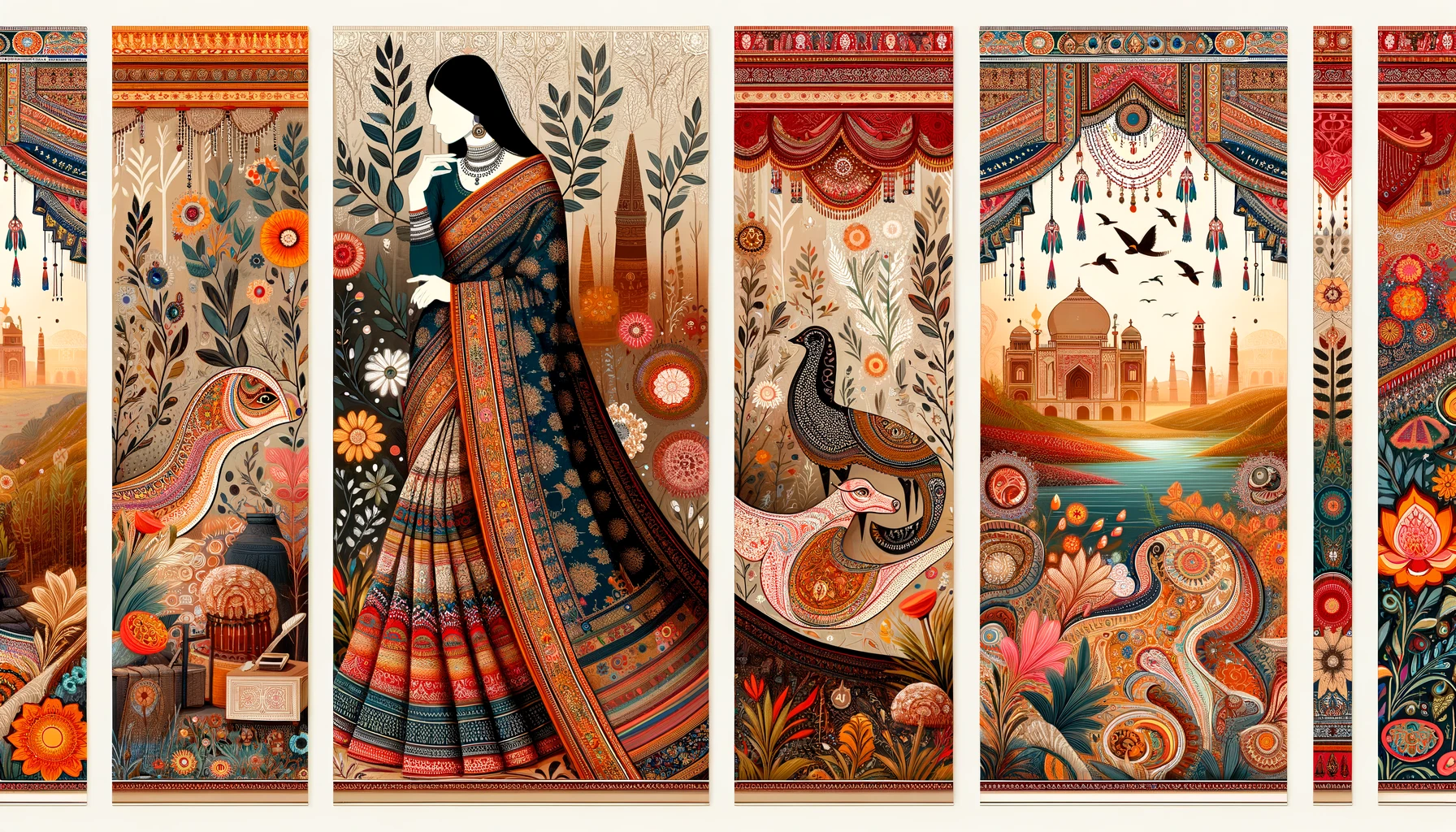
Silk is produced by silkworms (Bombyx mori) through a series of steps: rearing silkworms, spinning cocoons, harvesting cocoons, reeling silk, degumming and dyeing, and weaving. Silkworms are fed mulberry leaves until they mature and spin a cocoon of silk. Cocoons are harvested, boiled or steamed to kill the pupa and soften the sericin. The silk filaments are carefully reeled, treated to remove sericin, dyed, and then woven into luxurious fabric. This process, known as sericulture, has ancient origins in China and remains highly valued in textiles and fashion.
